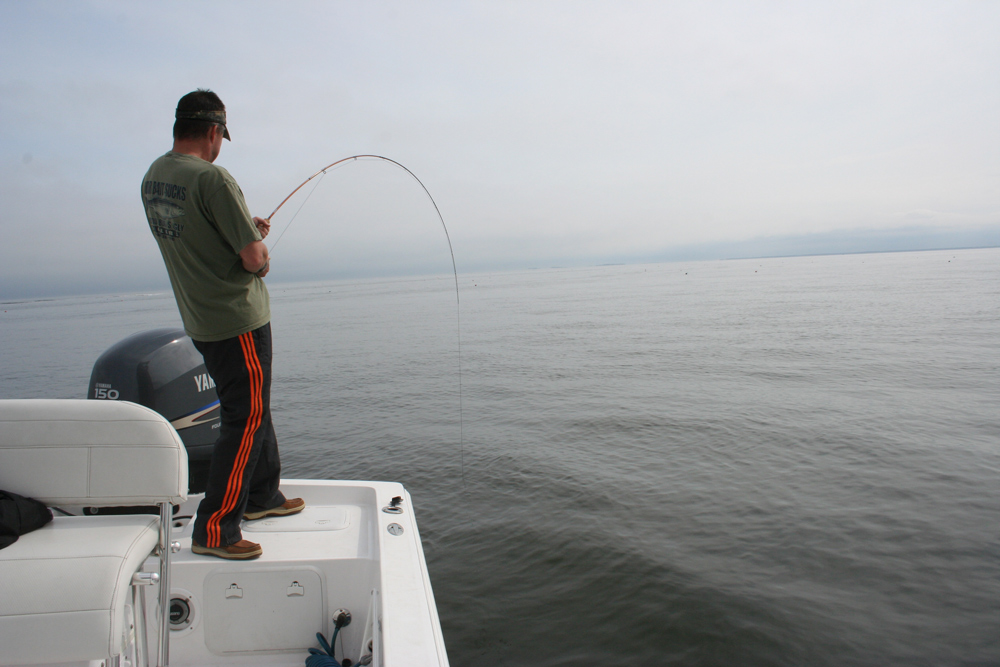If you need to get deep, there’s no competition when choosing fly line. Sinking lines have the ability to dive deep at varying rates, which makes them integral to specific species and locales. Chesapeake Bay fly anglers should definitely utilize these lines, due to their ability to get right where the stripers are when the fish are down low.

- Distance - Casting these lines can be a big issue. Shooting heads can achieve remarkable velocities when blitzing through the guides, however, they tend to be a pain once you attempt to cast a moderate distance. If you’re a normal human being trying to cast a full sink line, stop. Just don’t. Instead, get as much velocity as you can out of the first 20 feet or so of the line. Then let it zing through the guides, and let the wind and current do as much as they can to help.
- Depth - On your fly line package you’ll see varying grain increments anywhere from 50 to nearly 750, which denotes the mass inside of the sinking portion of your line, which usually is the first 30 feet (also known as the ‘shooting head’). But also look for the inches per second (IPS) sink-rate, which will give you a much stronger indication as to how quickly your fly will meet the fish. Isn’t this all we need to know, the IPS? Sure, but just remember that certain IPS lines will be better than others. This all comes down to belly. When the entire line sinks, it will create slack in the middle which in turn means that the middle of your shooting head is actually lower than your fly. No good. Therefore, match your IPS with water movement. The rule of thumb is that more current equals higher sink rates.
- Delivery - Line up with a school of fish on the sonar, and roughly triangulate your cast. Fish your sink-tips to work with the current, letting the current sweep your fly over and towards the fish. Roughly estimate where to cast so the movement of the water will push the fly in the right direction while the line sinks to the desired depth. Large stripers tend to attack the fly while it’s still in motion with the current, so keep this in mind before stripping line back in. Once you’ve found the sweet spot you’ll (hopefully) be hooked up before you can make one or two strips.
- By Parker Martin